Spice starch grains found in An Giang have shown the "spice route" through the trading port of Oc Eo (An Giang).
Starch grains several thousand years old
The artifacts that Vietnamese archaeologists still temporarily call "grinding table" were found again during the 2017-2020 Oc Eo archaeological excavation by the Vietnam Academy of Social Sciences (VASS). Many similar artifacts were excavated decades ago and then brought to display at the An Giang Museum.
By July 2023, research on the accumulations on the surface of the grinding tables showed traces of "spice routes" from island Southeast Asia and South Asia radiating to many places in the world through the trading port of Oc Eo during the Funan kingdom period in the first centuries AD.
"In the past, in the Vietnamese archaeological community, there were many debates about grinding tables. Some people said they were for grinding spices, others said they were for grinding herbs to make medicine. Then, those spices were ground to process special foods in religious ceremonies or in daily life. Many questions and hypotheses were raised, but until now there has been no convincing scientific evidence. Without empirical evidence, everything is just speculation...", Dr. Nguyen Khanh Trung Kien, head of the archaeological excavation mission deployed by the Southern Institute of Social Sciences, recalled.
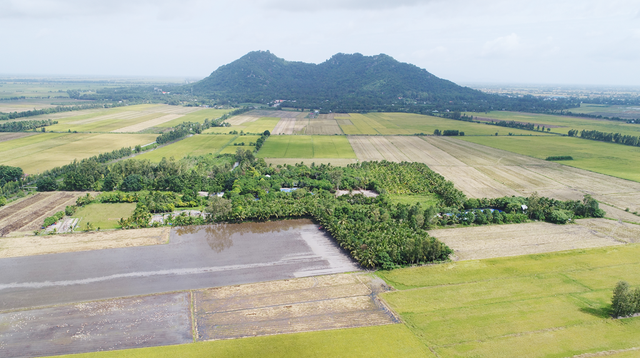 |
Oc Eo - Ba The relic site, where research is being carried out |
Dr. Nguyen Khanh Trung Kien and his research team at the Australian National University have just published the results of their research on these grinding tables in the journal Science Advances. The research team, led by Dr. Kien, along with Professor Hsiao-chun Hung and two PhD students from the Australian National University, Weiwei Wang and Chunguang Zhao, has been conducting the research since 2018. They have searched for starch components remaining on the surface of the grinding tables found in Oc Eo, thereby finding out the function of this tool as well as the spices that were ground on it. With these findings, the team has speculated about the spice usage habits of the Oc Eo residents in the past.
"Analyzing plant micro-elements collected from the surface of Oc Eo grinding stone tools, the team identified spices believed to have originated from South Asia and island Southeast Asia, including turmeric, ginger, cloves, nutmeg, cinnamon... These spices are indispensable ingredients used in curry recipes in South Asia today. The discovery of these spices suggests to us the possibility that South Asian traders or travelers brought this culinary tradition to Southeast Asia during the period of initial maritime trade contacts across the Indian Ocean, starting about 2,000 years ago," the research team published in the journal Science Advances.
According to the publication, a total of 717 starch grains were recovered from the surfaces of the studied tools, of which 604 could be identified to the species. The researchers identified eight different spices, along with the presence of rice. Many of the starch grains showed signs of deformation, including broken edges, flat surfaces, and loss of the thin shell due to being crushed on the grinding tables.
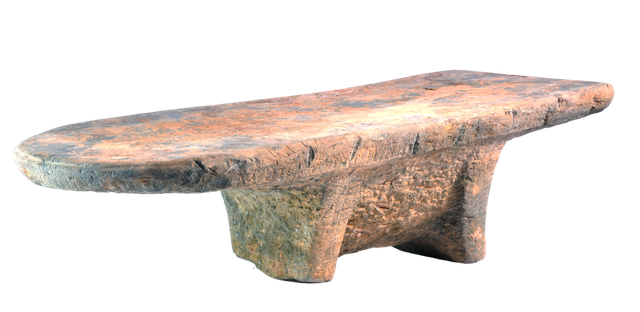 |
The grinding table was found at the bottom of the ancient Lung Lon canal, Oc Eo - Ba The relic site. Photo: Archaeological Center (Southern Institute of Social Sciences) |
The story of curry, the story of the "spice road"
Newly published research by Dr. Kien and colleagues said that traces on grinding tools and stone mortars also revealed that ancient people in Oc Eo used indigenous ingredients in South Asia and Southeast Asia such as turmeric, ginger, galangal, ginger, clove root, cloves, nutmeg and cinnamon. These spices can all be used as ingredients to make curry dishes. Among them, cinnamon, nutmeg and cloves may have been imported to Oc Eo from distant locations in South Asia and Eastern Indonesia. A nutmeg seed was dated to around the 2nd - 3rd century and a large grinding table found in the soil layer also dated to the same period.
The team said curry was probably known more than 4,000 years ago in Harappan (Pakistan) and India, where starch grains of turmeric, ginger, eggplant and mango were found stuck to human teeth and in cooking pots. "Today, curry is still popular in Southeast Asia. The ingredients found from Oc Eo are more consistent with modern Southeast Asian curries than those in South Asia when mixed with endemic spices, combined with coconut milk…", the team said.
However, the discovery of the spread of curry from India to Southeast Asia is not the most valuable point of this study. The most important thing is that these findings confirm the spice trade between the Southeast Asian islands to Oc Eo during the Funan kingdom period.
Dr. Nguyen Khanh Trung Kien said that after analyzing the starch grains of spices, we know that there are some species that are very common in the locality. But we also see that there are some spices that are only found in different regions of the world; for example, some islands in eastern Indonesia such as Maluku, which are still called the "spice islands". "In this archipelago, there are many very precious spices, even in the 19th century, the British and Dutch still had to go there to buy and sell, not that they were popular all over the world. And now, archaeologists have found it in the surface of grinding tables with things like nutmeg and cloves. Another spice that shows it was imported from Sri Lanka is cinnamon", Dr. Kien said.
According to Dr. Kien, besides the spice starch grains, there are other factors that contribute to affirming the ability to trade these spices from the above areas such as jewelry or sophisticatedly crafted ceramics... "It does not have the element of indigenous residents, while the South Asian and Indian elements are quite clear. From there, we see the ancient trade route from India across the Kra isthmus in southern Thailand and then to Oc Eo..., in which spices were an important commodity," said Dr. Kien.
Furthermore, this study also contributes to providing solutions to the problem related to the UNESCO world heritage dossier of Oc Eo culture. Currently, Vietnam is implementing a plan to prepare a dossier to nominate the archaeological site of Oc Eo - Ba The (An Giang) to submit to UNESCO for recognition as a world heritage.
"If it can be proven that there was a spice trade route several thousand kilometers away like that, the criteria for the heritage dossier will be further strengthened in terms of inter-regional cultural relations. That is a very unique factor. Of course, in the past, researchers have also talked about merchants from far away coming to Oc Eo to trade spices, or history has recorded that the Romans liked spices imported from South Asia, but this has not been verified by archaeological documents. Now, with this research, we have real evidence," said Dr. Kien.
Source link


![[Photo] Prime Minister Pham Minh Chinh chairs a meeting of the Government Standing Committee to remove obstacles for projects.](https://vphoto.vietnam.vn/thumb/1200x675/vietnam/resource/IMAGE/2025/10/06/1759768638313_dsc-9023-jpg.webp)


![[Photo] Prime Minister Pham Minh Chinh chaired a meeting of the Steering Committee on the arrangement of public service units under ministries, branches and localities.](https://vphoto.vietnam.vn/thumb/1200x675/vietnam/resource/IMAGE/2025/10/06/1759767137532_dsc-8743-jpg.webp)


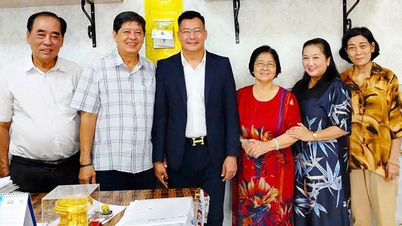

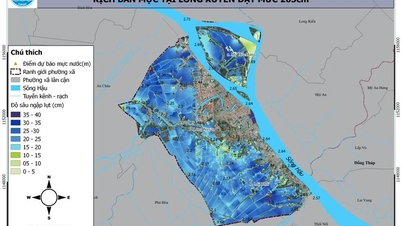

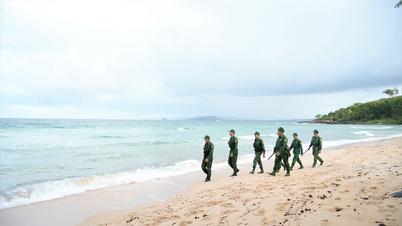

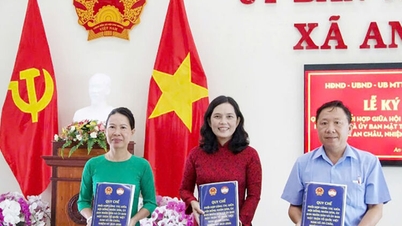

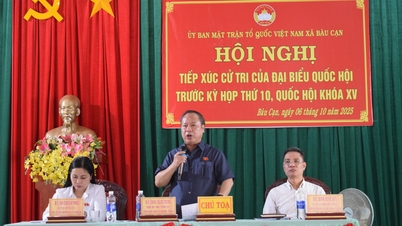



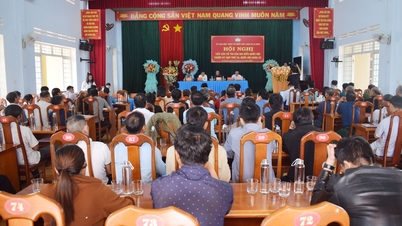
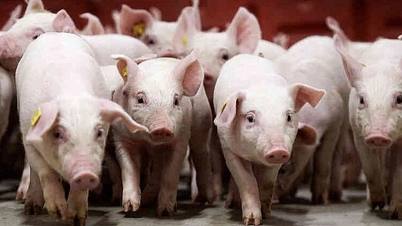





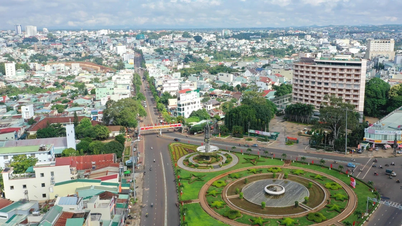


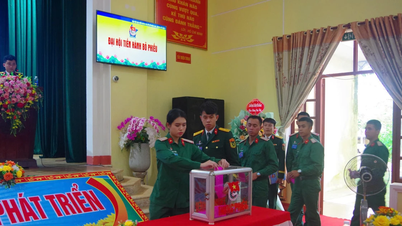
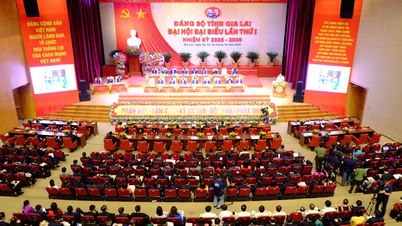
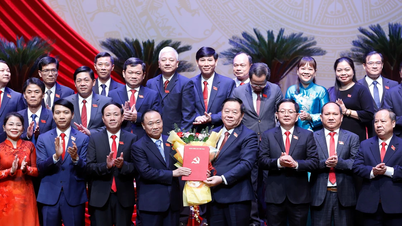





































































Comment (0)